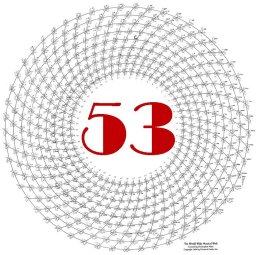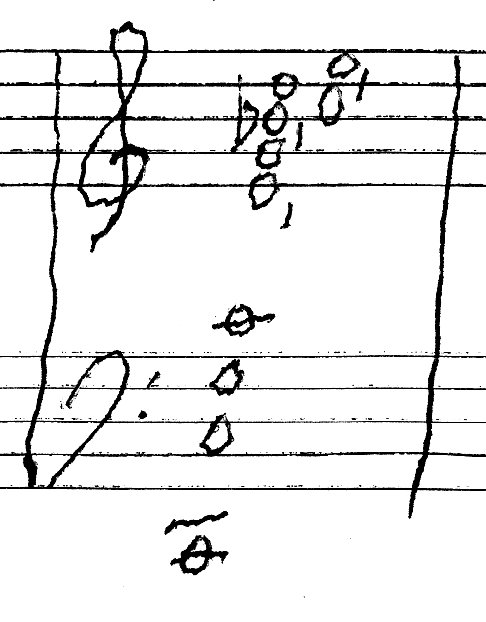Chapter 2: Music History Coming Full Circle
Our Tuning Journey from Eden/Just Intonation, Away and Back
Part One: The Harmonic Series
“He who lives in harmony with himself lives in harmony with the universe.” Roman Emperor Marcus Aurelius
This long chapter of my book is the story of a musical journey from the pure harmonics and natural overtones of the ancients through a series of compromises that eventually took us almost completely away from natural harmony. The 12-equal tuning system came into vogue around 1800, and is now so universally accepted that we tend to define being “in tune” as conformity with the 12-equal standardized template of music. It became the template which almost inevitably drove us to the absolute atonality of Arnold Schoenberg in the early twentieth century. But before we analyze our 12-equal system, we start at the beginning, and understand the natural overtones of the harmonic series that are the very foundation of music. It seems that we have been on a straight line away from the natural harmonies throughout our history, but we can also find a way to return to Eden with a vast storehouse of knowledge and musical wisdom which we have gained from our long journey.
In Figure 2-4 below, we can see and hear what these harmonics look and sound like on a score when C is the root note. Click the arrow below to hear what the first nine harmonics sound like. As you can see, the first two notes of the harmonic series are C’s an octave apart. They sound the same, just “higher” or “lower.” The third harmonic, created by the vibration of one-third of the length of our string, vibrates three times as fast and creates the note G. You can see and hear those harmonics piling up in this figure.
Figure 2-4 harmonic series [SOUND 0:00]
I love the sound of the harmonic series! Even on these cheesy synthesizers, the sound of the natural harmonics is ravishingly beautiful. Indeed, it is the source of all beauty in music.
The Grove Dictionary of Music & Musicians defines Just Intonation as “the consistent use of harmonic intervals tuned so pure that they do not beat, and of melodic intervals that derive from such an arrangement.” This was the goal of the ancients in many cultures. While the particular scales, modes and melodies were unique to each culture, many of them were grounded in the simple acoustic purity of the harmonic series, which guided every musical relationship of every advanced musical tradition everywhere in the world. In this book you will find literally hundreds of these ancient scales and modes from China, India, the Byzantine Church, Arabia, Turkey, the North African Berbers, Greece, Rome, the Catholic Church, Japan, Egypt and other parts of the world. My teacher Allaudin Mathieu called this “musical paradise.” When tones blend together as perfectly as they did in ancient times; when a chord sings with beatless, dissonance-free purity– it confirms in some of us a deep feeling that somehow everything is connected. Sound becomes a glorious ringing yes to Kabir’s assertion that “the universe is shot through in all parts by a single sort of Love.”
If you would like to learn more about this chapter, “Our Tuning Journey from Eden/Just Intonation, Away and Back,” you can buy the entire book, The Grand Unified Theory of Music, in pdf form, for $25 with hundreds of embedded musical examples of scales and chords from all over the world.
A free introduction to what The Grand Unified Theory of Music offers is on this website and includes both text and a few musical examples from each webpage. If you would like to learn more about this chapter and the full contents of this entire e-book, you can buy The Grand Unified Theory of Music for $25, with hundreds of embedded musical examples of scales and chords from all over the world — and ideas for how to set up your computer system —
HERE.
You’ll get a personalized password you can use to see the entire e-book. Inside the full book, you will also get a link to the complete pdf file of this e-book, which you can read on your Kindle or similar device. The links to the hundreds of mp3 sound files – the same ones you can hear on the website — will also be included. This is “Version 1.0” of The Grand Unified Theory of Music. Because it is an e-book, additions, corrections and improvements in the sound may be added at any time. The Grand Unified Theory of Music is Copyright © 2018 by Christopher Mohr. All rights reserved.
One person per password. Sharing this password with others is a violation of copyright. Do not allow others to use your password or link to the pdf file!

